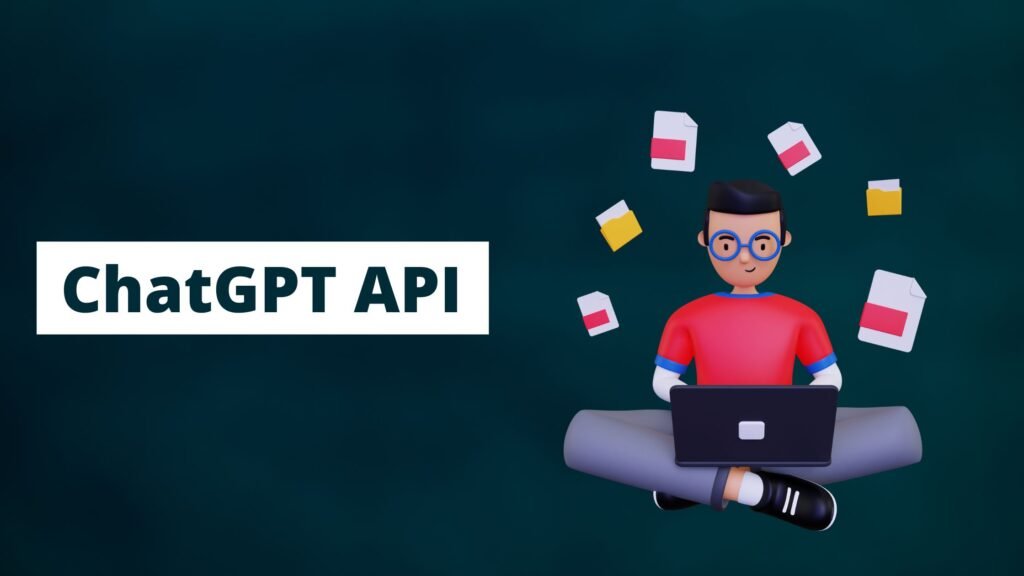As artificial intelligence (AI) continues to revolutionize the way we interact with technology, conversational AI models, such as OpenAI’s ChatGPT, have gained significant traction. ChatGPT, based on the GPT-4 architecture, is designed to generate human-like text responses in a conversational format. With the ChatGPT API, developers can now integrate this powerful language model into their applications, services, or platforms. In this article, we’ll explore the features of the ChatGPT API, its potential use cases, and the steps to integrate it into your projects.
- What is ChatGPT API?
The ChatGPT API (Application Programming Interface) is a service provided by OpenAI that allows developers to access the ChatGPT language model and utilize its conversational capabilities in their applications. By integrating the ChatGPT API, developers can create highly interactive and engaging conversational interfaces for a wide range of use cases, from customer support to content generation.
- Key Features of ChatGPT API
The ChatGPT API offers several features that make it a powerful tool for developers. Some of the key features include:
- Seamless integration: The ChatGPT API is designed for easy integration with various programming languages, platforms, and applications, making it highly versatile and accessible to developers.
- Scalability: The API can handle a large number of requests, allowing it to scale with the needs of your application or service.
- Real-time response generation: ChatGPT API provides quick and efficient text generation, ensuring a smooth conversational experience for users.
- Context management: The API allows developers to maintain context during conversations, enabling more coherent and engaging interactions.
- Potential Use Cases for ChatGPT API
The ChatGPT API offers a wide range of applications across different industries and domains. Some potential use cases include:
- Customer support: Automate customer support services by integrating ChatGPT API to handle user inquiries, reducing response times, and freeing up human resources.
- Virtual assistants: Create virtual assistants for applications or services, offering personalized recommendations and assistance based on user input.
- Content generation: Generate creative content for marketing materials, blog posts, or social media updates with minimal manual input.
- Language translation: Utilize ChatGPT’s language understanding capabilities to develop multilingual applications or provide on-the-fly translations.
- Sentiment analysis: Analyze user feedback or reviews to gauge customer satisfaction and identify areas for improvement.
- Interactive storytelling: Develop interactive narratives or gaming experiences that respond to user input and create immersive experiences.
- Getting Started with ChatGPT API
To integrate ChatGPT API into your projects, follow these steps:
Integrating the ChatGPT API into your projects involves a series of steps that will help you establish a connection with the API and make requests for generating responses. Here’s a step-by-step guide to help you through the process:
Step 1: Sign up for an OpenAI account
First, you need to sign up for an OpenAI account if you don’t already have one. This account will provide you with access to the API key needed for the integration process. Visit the OpenAI website (https://www.openai.com/) and follow the registration process.
Step 2: Obtain the API key
After creating an OpenAI account, navigate to the API section in your account dashboard to retrieve your unique API key. This key will be used to authenticate your requests to the ChatGPT API. Keep this key secure, as it should not be exposed to unauthorized users.
Step 3: Install the necessary libraries
Depending on your programming language, you’ll need to install specific libraries to interact with the ChatGPT API. For example, in Python, you can use the openai library, which can be installed using pip:
pip install openaiStep 4: Implement the ChatGPT API in your application
Using your preferred programming language, you can now integrate the ChatGPT API into your application. Below is an example in Python:
import openai
import os
# Set your API key
openai.api_key = os.environ["OPENAI_API_KEY"]
# Define the API call
def generate_response(prompt):
response = openai.Completion.create(
engine="text-davinci-002",
prompt=prompt,
max_tokens=150,
n=1,
stop=None,
temperature=0.7,
)
return response.choices[0].text.strip()
# Test the API call
prompt = "Tell me a joke about ChatGPT."
response_text = generate_response(prompt)
print(response_text)In this example, replace "text-davinci-002" with the specific engine you want to use (e.g., “text-davinci-codex” for ChatGPT). The generate_response function takes a prompt as input and returns a generated response from the ChatGPT API. You can customize the parameters such as max_tokens, n, and temperature to fine-tune the output.
Step 5: Adapt the API integration to your use case
You can now use the ChatGPT API in your application by modifying the example code to suit your specific use case. For instance, you may want to incorporate the ChatGPT API into a chatbot, content generator, or virtual assistant. Simply adapt the input prompt and API parameters as needed to tailor the generated responses to your requirements.
Remember to always follow OpenAI’s usage policies and guidelines to ensure a responsible and compliant integration of the ChatGPT API into your projects.

